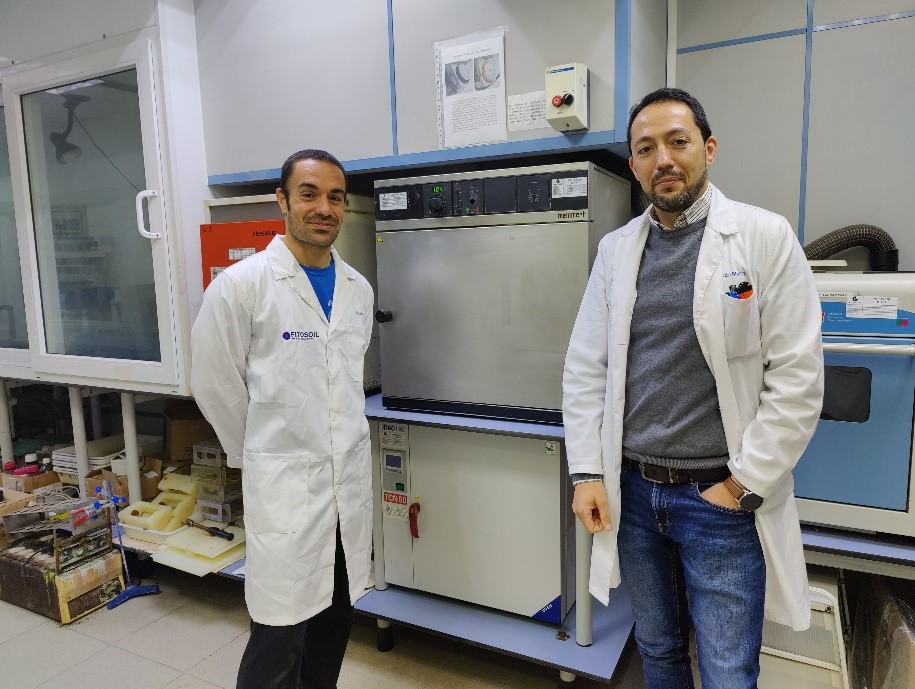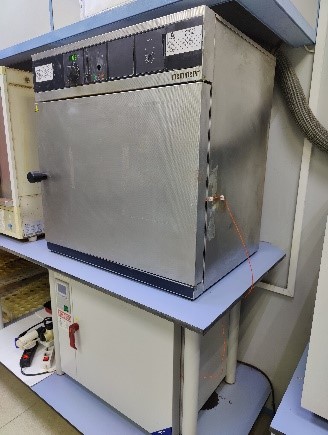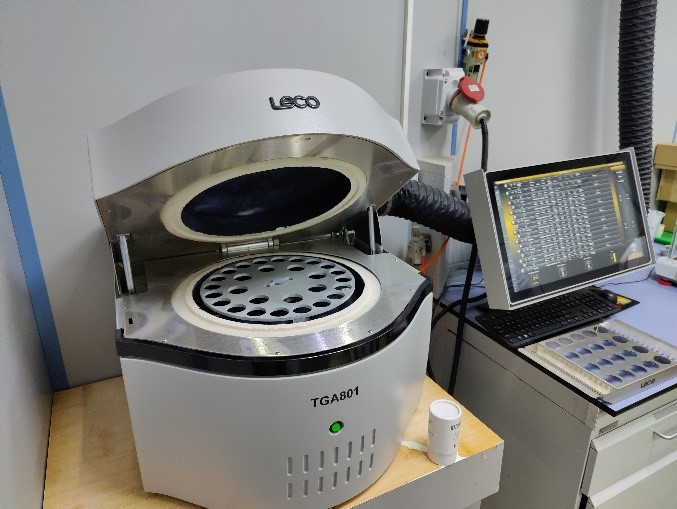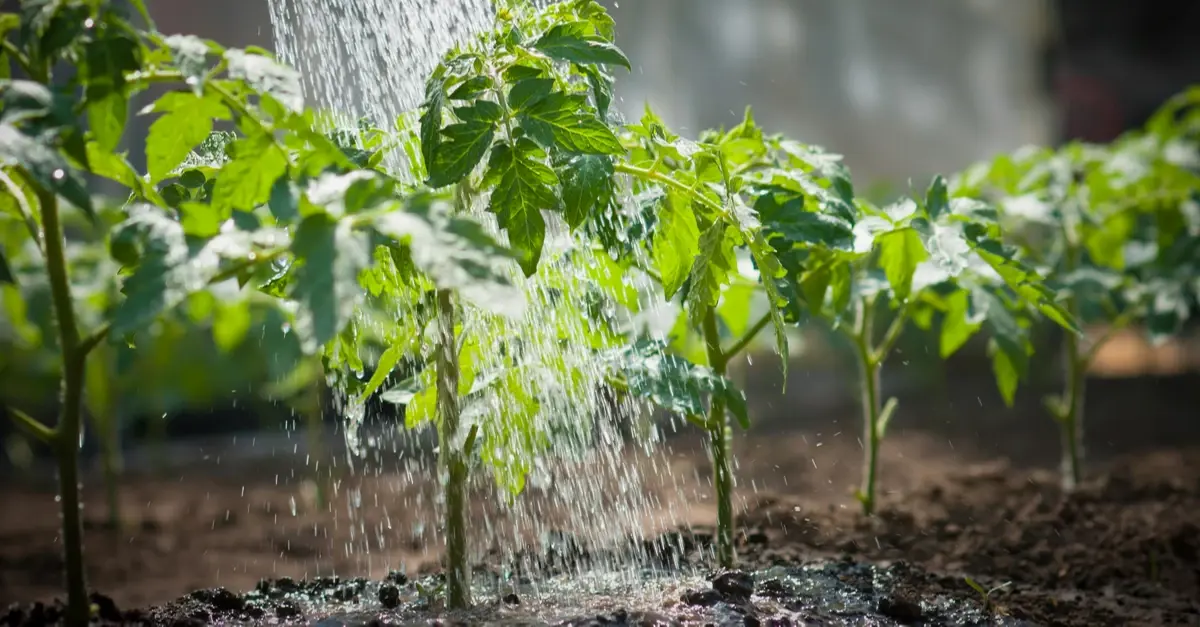Fitosoil is collaborating with the technical committee CEN TC 455/WG4 in the validation study for the determination of dry matter in biostimulants. The aim of the project is to establish a European standard for this method.
What is an Agricultural Biostimulant?
The word biostimulant is made up of two concepts, with compatible meanings: "bio" means life, and "stimulant" refers to that which generates a stimulus. In other words, stimulation of life.
By using biostimulants we protect, improve and stimulate plants. Agricultural biostimulants act on the natural biochemical processes of the plant, which are of interest to improve the growth, quality and productivity of crops. The principles on which biostimulants operate are different from those of fertilisers, notably the independence of the presence of nutrients.

[Picture 1: The Fitosoil team]
Standardisation of biostimulants
Interest in biostimulants has increased significantly in Europe as a valuable tool for use in agriculture. Standardisation was identified as having an important role in promoting the use of biostimulants and its contribution is important due to the high level of fertiliser use and environmental safety measures that are increasingly being developed in Europe.
The standard is in the final stage of DRAFT FprCEN/TS 17704 and will soon be approved by the standardisation bodies. This document specifies the procedure for the determination and calculation of the dry matter fraction of plant biostimulants for which the results of the analyses carried out are calculated on a dry matter basis. It is also applicable to mixtures of fertiliser products where plant biostimulants are the main part of the mixture. Otherwise, the Technical Specifications for the main part of the mixture apply. This document considers:
- Dry residue: remaining mass fraction of a sample after a drying process at 105 °C under specified conditions.
- Dry matter fraction: mass fraction of a sample excluding water calculated by determining the dry residue.

[Picture 2: Drying oven]
Method of analysis
The principle is based on drying the samples to constant mass in an oven at (105 ± 2) °C. The difference in mass before and after the drying process is used to determine the dry matter. This method is applied to solid samples and samples that solidify during the drying process.
The main interferences are due to the fact that the samples may change during the drying process, by absorption of carbon dioxide in the case of alkaline samples, or of oxygen due to reducing substances. Volatile compounds evaporating at 105 °C are expressed as water using this procedure.
There are two systematic approaches called procedure A and procedure B, the main difference being the use of acid-purified and calcined sand. Procedure A is suitable for solid or liquid biostimulants and procedure B is suitable for liquid biostimulants where there is a risk that a surface cake may form and make uniform drying difficult.

[Picture 3: Thermogravimetric analyser]
Fitosoil collaboration
Fitosoil participates as an expert laboratory due to its extensive experience in performing this type of testing on matrices such as fertiliser products, soils, sludge, slurries, sediments, solid waste, crop substrates and foodstuffs. All these tests are supported by a rigorous quality system that complies with the requirements of the 17025 accreditation, as can be seen in our scope of accreditation.
Fitosoil participated in the intercomparison exercise that tested the new methodology, in which we had two instruments at our disposal: the classic drying oven and a thermogravimetric analyser that allows the automation of the analysis up to the constancy in the final weight.
Bernardo Marín Romero
Head of the Physico-Chemical Department
About Fitosoil
Fitosoil is an ISO 17025-accredited private laboratory specialising in advanced analysis for the agri-food, environmental, industrial, and public health sectors. Our expert team and cutting-edge technology help our clients to comply with regulations, ensure safety, and improve their processes. As part of the Cotecna Group, a world leader in inspection, certification and analysis, we are committed to providing quality and reliable services. At Fitosoil, we provide accurate, customised analytical solutions tailored to each client's specific requirements.


